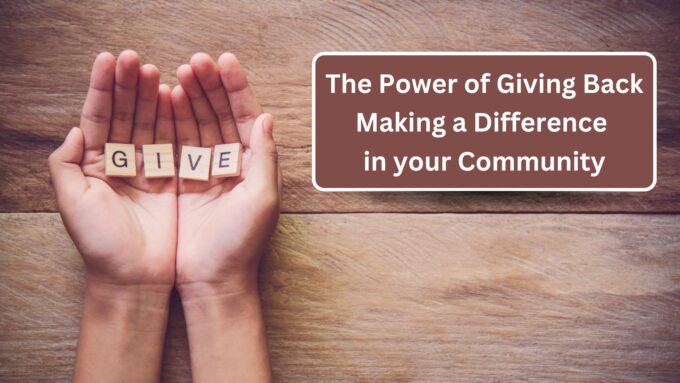Weekly update
Weekly Newsletter
Excepteur sint occaecat cupidatat non proident
Youth and Body Image: Confronting the Ugliness of Body Shaming
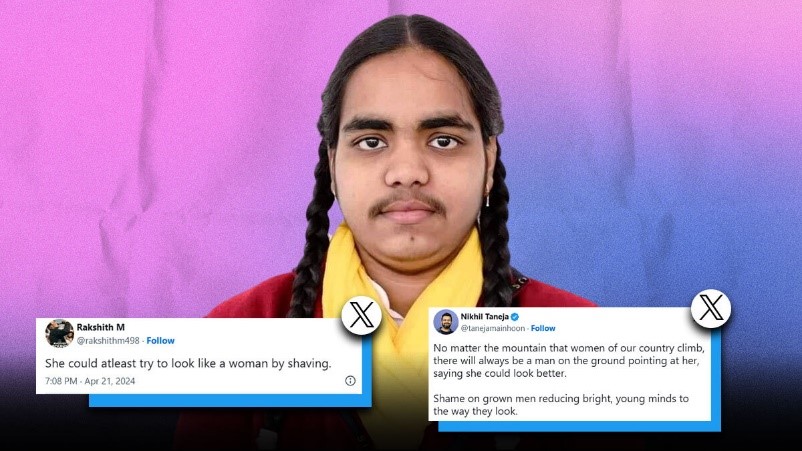
How often do we hear comments on our bodies from our parents, relatives, or even friends? Pretty sure, the answer would be very often. When asked the reason behind these unkind remarks, those around us simply say it’s for the best so that we can maintain an ‘ideal’ body shape.
‘Ideal’ as they describe it, not too slim, not too fat, the type of shape that nobody can ever accomplish because a body simply does not take the form, we want it to. Everybody is perfect in their way but, unfortunately, this is not something that we are told.
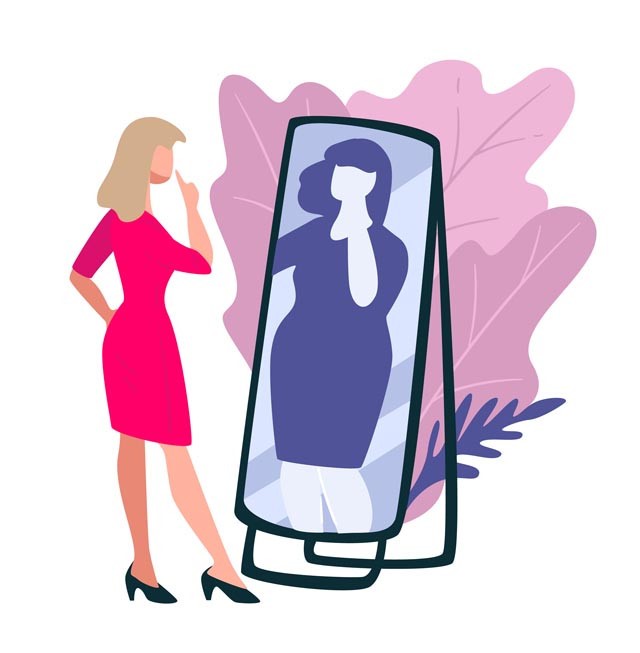
Recently, the CBSE UP Board announced results for Class 10 and its topper Prachi Nigam, who scored 98.5% marks was trolled by a section of people online over her appearance. At the time, when she was supposed to get all the possible appreciation and reward for her hard work, a few people initiated an unwanted discussion over her physical appearance.

This conveys that, with time, body shaming has become extremely common and socially acceptable. People are told a series of things that could be better to reach an ‘ideal’ body shape and due to that, we start questioning both ourselves and others over physical appearances. Social media has erupted into a platform of madness where fingers are continuously pointed at one’s shape, simply because it doesn’t match their own.
Major Factors Responsible
Cultural and Societal Norms
Over the years, one comment every female has heard is that they shouldn’t have body hair. Everyone tells them what an ‘ideal and beautiful’ woman needs to wear and tries to dictate their lives. Society keeps defining what’s feminine and what’s not, which eventually makes women overthink everything and halts their self-confidence.
Moreover, it’s not just women who are expected to maintain a certain shape. Men are often held to society’s standards as well. Different cultures have different ideals of beauty, which often suppress the body types which does not fit into the mold.
Media Influence
In this era of social media, images, and videos, enhancing users’ physical appearances often portray an idealistic version of reality. Social media has erupted into a platform of madness where fingers are continuously pointed at one’s shape, simply because it doesn’t match their own. Through the wide range of filters and editing tools that slim bodies, whiten skin tones, and so on, images are created far from reality.
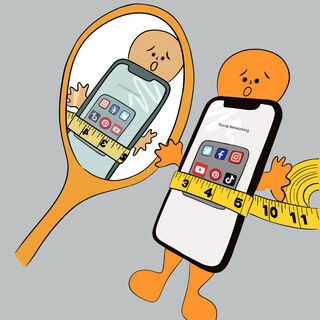
This leads to the viewers comparing themselves to these altered images and leaves them feeling insecure and dissatisfied with their natural appearance.
Overcoming Body Image Issues
Education: Educational institutions should encourage and educate youngsters about the significance of self-esteem, confidence and contentment in one’s life. They should be educated regarding treating everyone equally, respecting one another, and not discriminating on the basis of skin color, body shape or size, etc.,
Media Literacy: By encouraging critical consumption of media, individuals can differentiate between unrealistic depictions of beauty. Through gaining insights about the editing tools, they can understand the better role of it and minimize the impact filtered images or videos have on them.
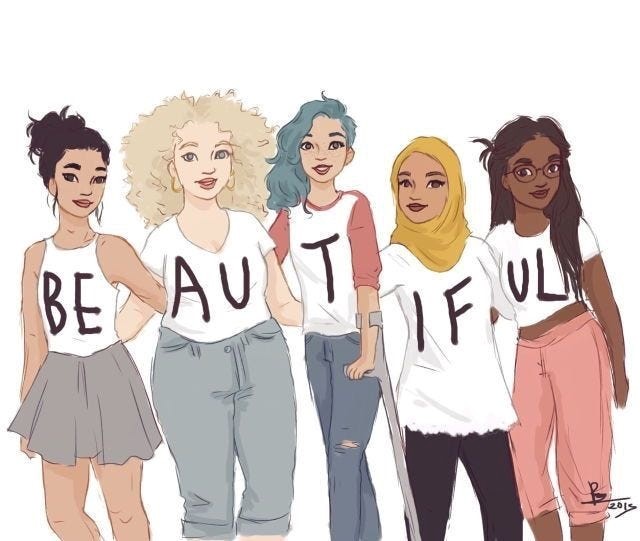
Hence, there are times when it’s incredibly difficult to become body-positive. Our society doesn’t make it easy to love the skin we’re in. But it’s so important that we encourage and support body positivity in ourselves and others. We need to take care of each other, take care of our bodies, and create an environment where people can express their insecurities, without the fear of being judged.
The Clapping Demigod
If I am standing on the road and an individual starts harassing...
Eulogy to Your Past (Ballad)
Congrats if you wish you were dead,Easier done than said, Stab one...
Life as you know, Life as she lives. Life you see & Life you don’t
We here at WO Channel aim to show the hidden parts of...
The Power of Giving Back: Making a Difference in your Community
In a world where personal achievements and individual objectives are the primary...










